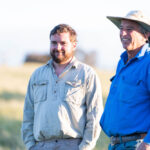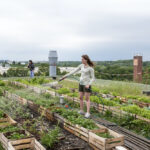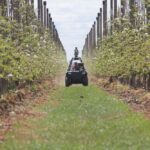These colourful stories show us what can happen when families pull together and work towards…
Farming the unfarmed
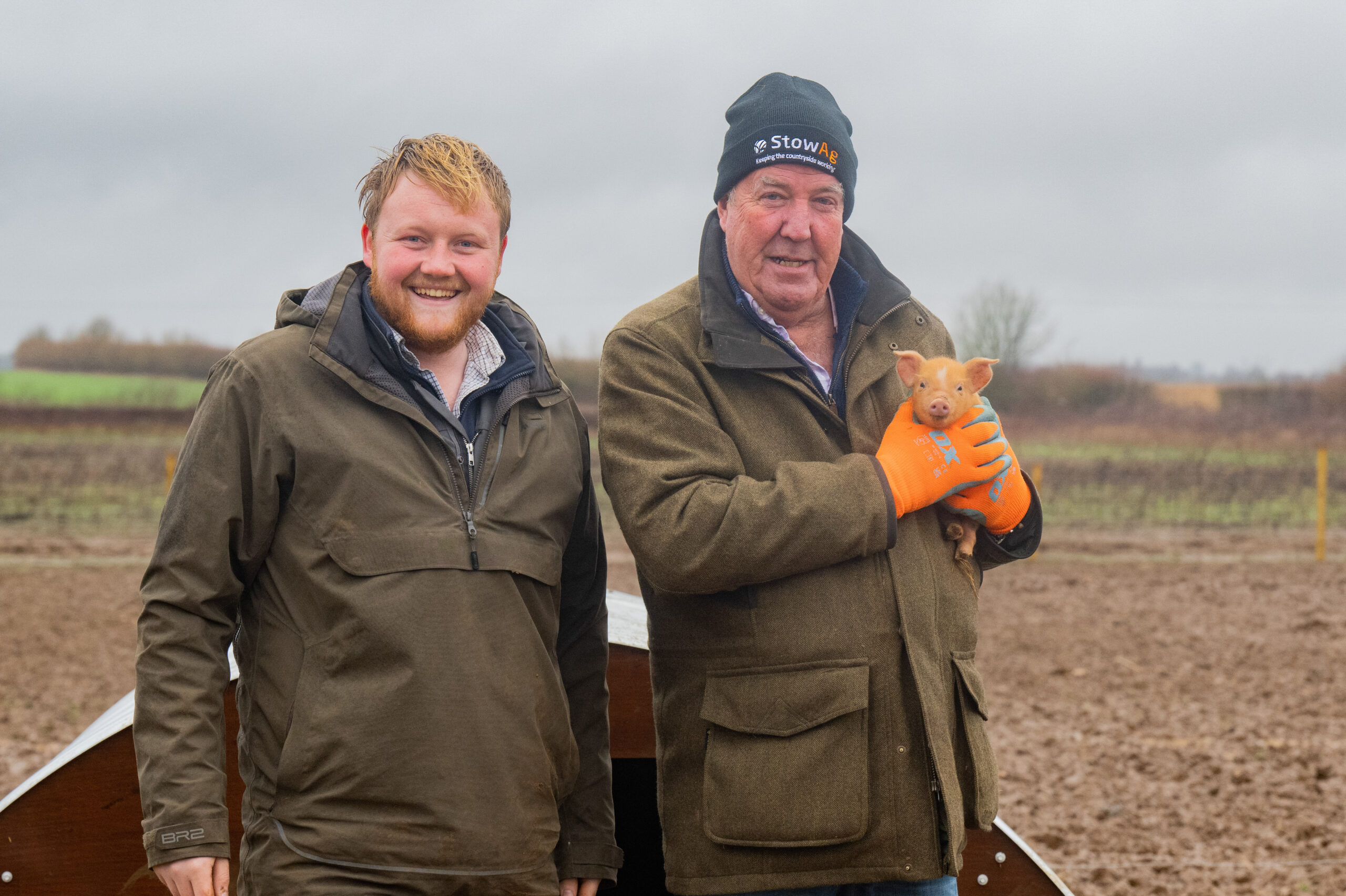
Jeremy Clarkson has become a celebrity farming hero in the UK for exposing the realities of running a farm as a business in the hit show Clarkson�s Farm. In Season Three, Clarkson sets himself a �farming the unfarmed� challenge to earn more from feral deer, pigs, goats, mushrooms and nettles on unproductive parts of his farm than from traditional cropping operations.
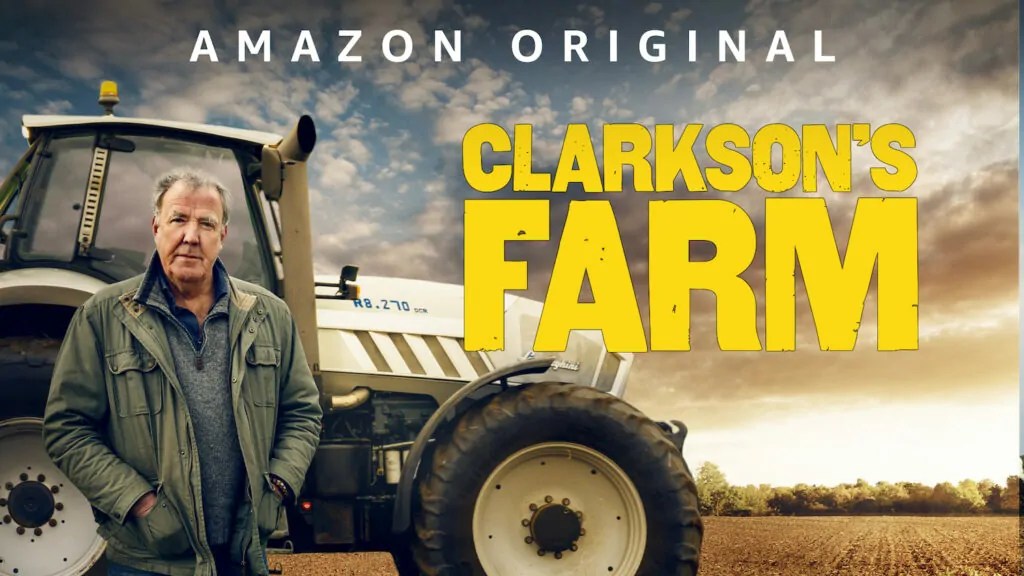
�It�s good for the deer. It�s good for the trees. And it�s free food.�
That�s Jeremy Clarkson justifying the hunting of wild deer on his 400ha Oxfordshire farm, Diddly Squat, as one of his �farming the unfarmed� schemes.
Clarkson says his farm has become overrun with deer, which caused enormous damage to young trees and that he, along with other farmers, had been asked by the UK Government to reduce their numbers. Enlisting the help of the British Deer Society to humanely hunt deer on the farm, he then turns his kill into venison hotdogs for sale at the Diddly Squat farm shop.
Elsewhere on the farm, he forages for blackberries to make jam and nettles to make soup in his mission to unlock the potential of half his farm. An old war bunker is transformed into a mushroom growing tunnel, Clarkson moves his free-range pigs into the woodlands, and he buys goats to control woody weeds.
While the nettle soup idea turns out to be a disaster, the free-range pigs and Lion�s Mane mushrooms prove to be profitable, and Clarkson has since joined calls for venison to be put on UK school menus.
Your average Australian farmer does not have an unused bunker for growing mushrooms or have the financial resources of Clarkson, but the need to diversify a farm business to make it viable is relatable.
Native foods and botanicals, for example, are a growing niche market, that some farmers in NSW have tapped into on their unfarmed land. Strawberry gum, lemon myrtle, anise myrtle, and wattleseed are all now hot items for distilleries to add unique Australian flavours to gins and other spirits.
Clarkson says it was lot of hard work, but farming the unfarmed did prove profitable.
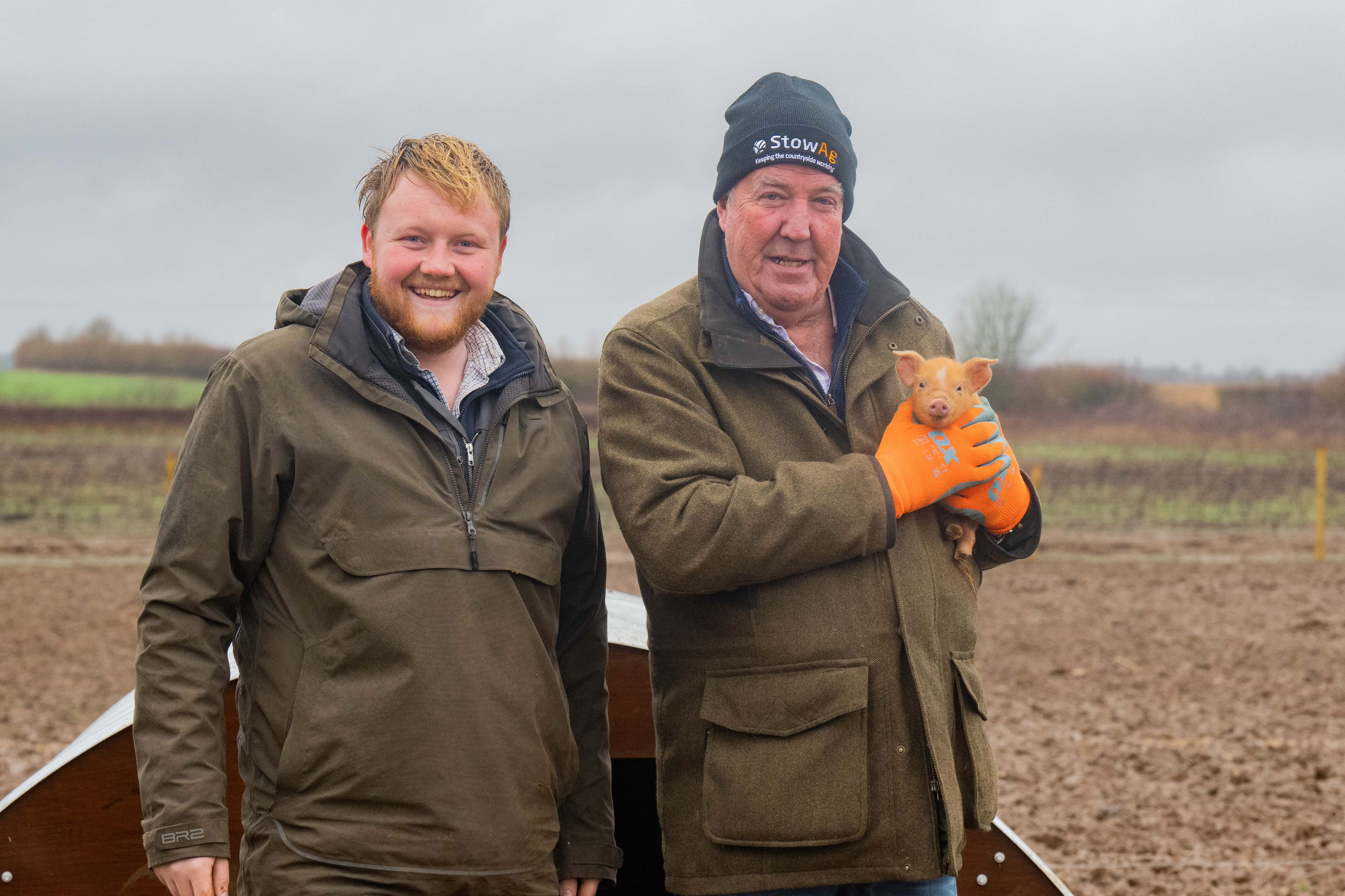
The Clarkson’s Farm series is an honest portrayal of life for British farmers, and its limits of regulatory red tape, input costs, weather and farm profitability would ring a bell for Australian farmers.
Diddly Squat�s traditional cropping operations also made a profit, however Clarkson�s consultant, �Cheerful� Charlie, takes all profits to buy seed and fertiliser for the following year, leading Clarkson to sum up the realities of running a farm as a business.
�I�m in the fortunate position of having other income streams,� the TV veteran says. �But if you�re a normal farmer and this is your full time and only job and you get two years when you don�t make any money, you�re screwed.�
Bringing venison to the menu
An estimated two million deer roam the British countryside, which is roughly the same as the feral deer population in NSW and Victoria.
Clarkson has been widely applauded by UK farmers and land managers for shining a light on the environmental impact of wild deer and the potential for producing a feral animal food product.
NSW Farmers similarly won broad support for an advocacy campaign that led to the removal of the protection status for deer in 2019. That allowed hunters in NSW to shoot deer, with landowner permission, on private land and send carcasses to licensed abattoirs for processing.
While COVID-19 restaurant lockdowns slowed wild venison’s uptake, an increasing number of chefs are putting it on the menu and championing it as a sustainable protein source.
�Australia has a unique scenario where we have millions of invasive deer causing harm that are incredibly nutritious and delicious to eat. Farmers want to see them removed just as much as conservationists do,� says Discovered Wildfoods Cofounder Tara Medina.
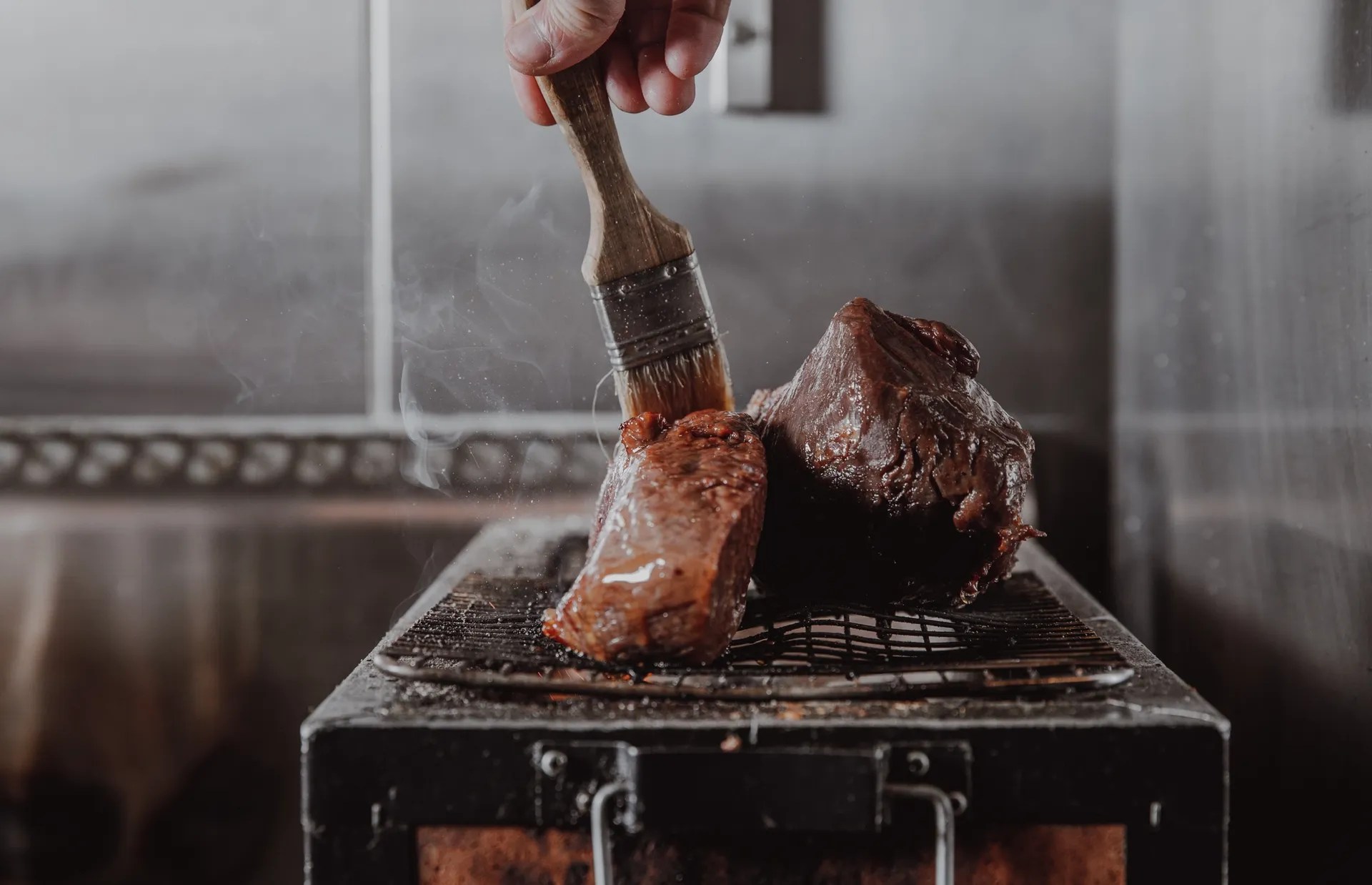
Discovered Wildfoods were one the first businesses to supply wild caught venison following the regulation changes and have taken and whole of supply chain approach to getting it on restaurant tables.
They process up to 5000 wild caught Sambar deer a year at two facilities in Albury and Beechworth in Victoria and work closely with professional hunters to harvest animals from private land.
�We would like to grow that number significantly because the latest estimate in Victoria alone is that there is over a million feral deer,� Tara said.
�90 per cent of our customers are in the food service sector, but the goal is to eventually have venison available as an affordable product at supermarkets for the wider consumer.
�It�s awesome to get recognition from chefs, but it�s a bigger accomplishment to get people to cook it at home and be excited by it, not intimidated by it. �
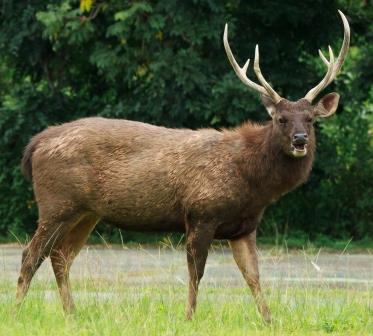
Tara, who is based in the Northern Rivers, said they focus exclusively on Sambar deer, meaning the only harvest area NSW is the southeast region.
�We think it�s the best eating venison and we set up a network of harvesters who are properly equipped to deal with a heavier animal. Fallow deer, which are more common in the rest of NSW and Queensland, are a lot lighter and lot gamier,� she said.
�A Sambar deer can be up to 250 kilograms and have more closer meat quality to beef. The number one hurdle you have to overcome is people perception of game meat.
�Venison from Sambar deer is a red meat protein source that is unrecognisable in terms of gameness.�
Tara said they get a 40 per cent carcass yield on human consumption cuts and the remaining bone and offal is used in the petfood industry.


